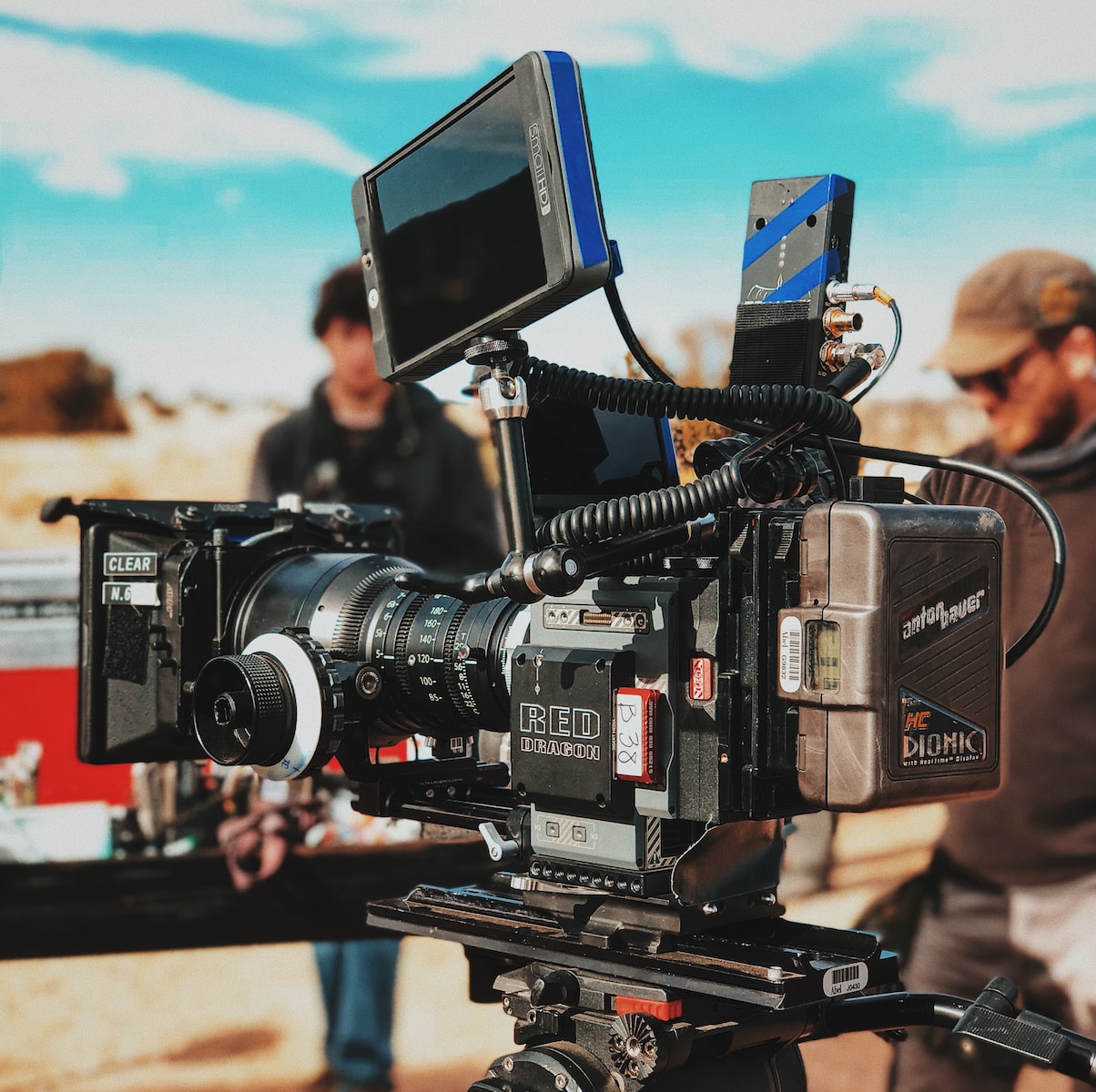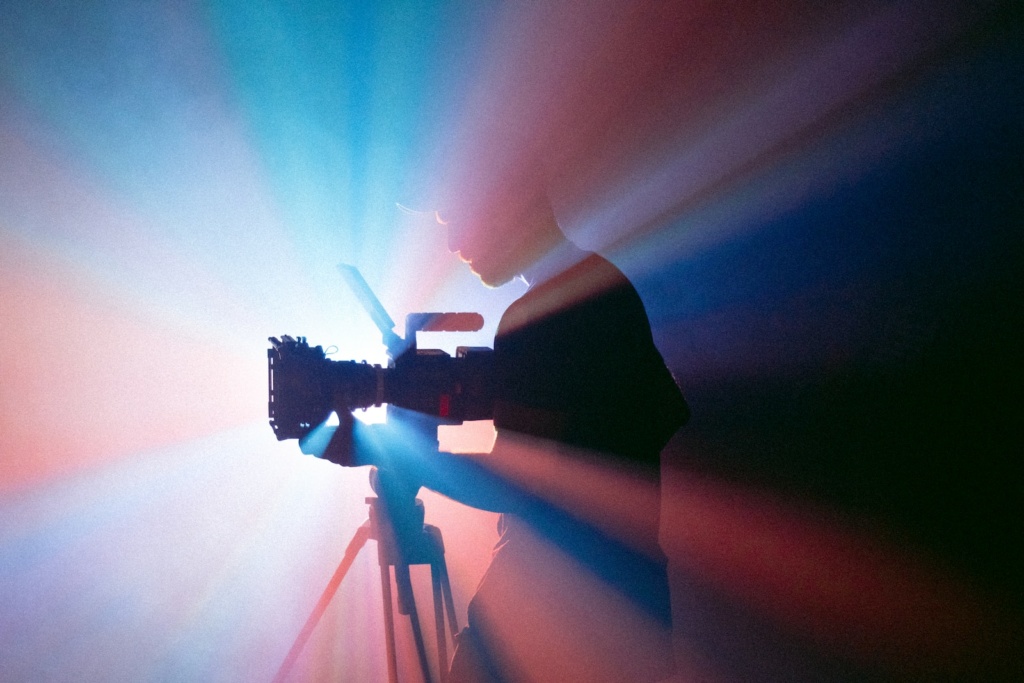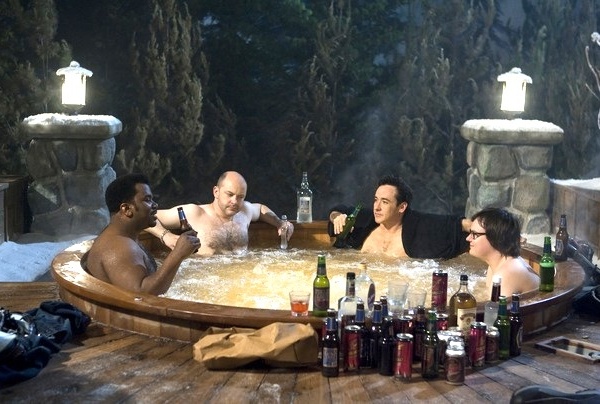
Lights, camera, action! The glamour of the silver screen often overshadows the myriad challenges that filmmakers face during the production process. From budgetary woes that would make a Scrooge McDuck frown to weather that even the most seasoned meteorologist couldn’t predict, the world behind the scenes is a rollercoaster of obstacles. As I sit here, four years deep into my movie musings, it’s high time we shine a spotlight on the unsung heroes battling these challenges on a daily basis.
Budget Constraints: The Producers’ Tightrope Walk

Picture this: a blockbuster in the making, a script that could give Shakespeare a run for his money, and a director with a vision grander than a summer blockbuster. What could possibly go wrong? Enter the budget constraints, the real MVP of film production challenges.
Producers often find themselves balancing on a financial tightrope, trying to create magic with a budget that’s more threadbare than the emperor’s new clothes. Take the 2014 hit “Whiplash,” for instance. This indie gem was made on a shoestring budget of $3.3 million, a fraction of what major studios spend on coffee supplies. Yet, it bagged three Academy Awards and left audiences awestruck.
Scheduling Nightmares: The Choreography of Chaos
Making a movie is like orchestrating a symphony, but instead of musicians, you have actors, crew, and locations that have a mind of their own. Scheduling nightmares are the unsung villains of the film production world.
Consider Steven Spielberg’s classic “Jaws” (1975). The mechanical shark used in the film, endearingly named Bruce, malfunctioned more often than not. This hiccup forced Spielberg to pivot and use creative camera angles, making the lack of a working shark a blessing in disguise. However, it also caused the shooting schedule to stretch from 55 to 159 days. Imagine trying to keep a team of hungry actors and crew members motivated during a shoot that feels longer than the Jurassic era.
The Weather: Mother Nature’s Cameo

Ah, the weather – that unpredictable diva who thinks it’s hilarious to rain on your parade, quite literally. Filmmakers are at the mercy of Mother Nature, and she doesn’t always play nice.
Take Christopher Nolan’s epic “Dunkirk” (2017). Filmed on location in France, the crew faced the wrath of the elements as they sought to recreate the harrowing World War II evacuation. Nolan, a director known for his preference for practical effects, insisted on using real ships and planes, which made the production vulnerable to the whims of the weather gods. Shooting in the unpredictable English Channel meant constant weather-related interruptions and challenges, but the result was a visceral cinematic experience that left audiences breathless.
Creative Differences: When Egos Collide
The film set is like a pressure cooker filled with artistic egos, each vying for its moment in the sun. Creative differences can turn this simmering pot into a full-blown explosion.
Consider the making of “Apocalypse Now” (1979), directed by the enigmatic Francis Ford Coppola. The film’s troubled production became almost as legendary as the movie itself. Coppola and his cast found themselves battling not only the dense jungles of the Philippines but also their own artistic clashes. Lead actor Martin Sheen suffered a heart attack, and Marlon Brando showed up unprepared and overweight. Yet, from this chaos emerged a cinematic masterpiece that is etched in the annals of film history.
Technological Hurdles: Glitches in the Matrix

In an era where CGI and cutting-edge technology rule the roost, filmmakers face a new set of challenges. The seamless blend of reality and pixels comes at a cost – both in terms of time and money.
Consider James Cameron’s sci-fi magnum opus, “Avatar” (2009). The film pushed the boundaries of technology, creating an alien world that was as real as the nose on your face. However, the use of groundbreaking 3D cameras and motion-capture technology meant that the production took nearly a decade to come to fruition. A budget that ballooned to over $230 million made “Avatar” the most expensive film ever made at the time. Yet, the gamble paid off, and the film became a visual marvel that changed the landscape of filmmaking.
Unpredictable Actors: When Talent Throws a Curveball
Actors are the lifeblood of a film, but sometimes, their quirks and idiosyncrasies can throw a wrench into even the most well-oiled productions.
Take the case of “The Shining” (1980), directed by Stanley Kubrick. The meticulous Kubrick, notorious for his numerous retakes, clashed with his lead actor, Jack Nicholson. Nicholson, in his method acting glory, reportedly destroyed dozens of doors for the iconic “Here’s Johnny!” scene. The result was a masterpiece, but the toll it took on the nerves of the crew is the stuff of Hollywood legend.
Post-Production Pains: The Final Lap

The challenges don’t end when the director yells “cut.” The post-production phase, where the magic of editing, sound design, and visual effects happens, has its own set of hurdles.
Consider the case of Ridley Scott’s “Blade Runner” (1982). The film faced a troubled post-production process, with multiple edits and conflicting visions between Scott and the studio. The result was a film that initially received mixed reviews but eventually became a cult classic, highlighting the delicate dance between creative vision and studio demands.
Location Woes: Finding the Perfect Spot
Choosing the right location can be as challenging as finding a needle in a haystack. Sometimes, filmmakers have a specific vision that can only be realized in a unique, often hard-to-reach locale.
Consider “The Revenant” (2015), directed by Alejandro G. Iñárritu. Filming in remote and frigid locations posed immense challenges for the cast and crew. The harsh conditions led to delays and hardships, but the end result was a visually stunning and Oscar-winning masterpiece that transported audiences to the unforgiving wilderness.
Legal Battles: The Dark Side of Creativity

While filmmakers aim to tell compelling stories, they often find themselves entangled in legal battles over copyright issues, script disputes, or even unexpected claims from those who believe their life story was stolen.
The making of “The Social Network” (2010), directed by David Fincher, faced legal hurdles. The film portrayed the founding of Facebook and Mark Zuckerberg’s journey, leading to legal challenges from individuals who claimed their stories were misrepresented. The legal drama off-screen mirrored the intensity of the drama on-screen and added an unexpected layer to the film’s narrative.
Cultural Sensitivities in Film Production: Navigating the Minefield
In an era of heightened awareness and social consciousness, filmmakers must tread carefully to avoid cultural misappropriation and insensitivity.
Take the example of “Aloha” (2015), directed by Cameron Crowe. The film faced criticism for its casting choices and portrayal of Hawaiian culture, drawing ire for cultural insensitivity. This backlash serves as a reminder that filmmakers need to be attuned to the diverse perspectives of their audience and the potential repercussions of missteps.
In the grand tapestry of filmmaking, challenges are not just hurdles to overcome; they are the warp and weft that create the rich fabric of cinematic history. The tales of budgetary acrobatics, on-set escapades, and post-production rollercoasters are not just anecdotes but part of the epic saga that unfolds behind the silver screen.
As we revel in the magic of cinema, let’s not forget the countless individuals who navigate these challenges, turning stumbling blocks into stepping stones. The next time you’re engrossed in a blockbuster or shedding tears over an indie gem, remember that behind every frame lies a story of resilience, creativity, and a relentless passion for the art of filmmaking.
In this world of celluloid dreams and digital fantasies, challenges are not merely obstacles but catalysts that propel filmmakers toward greatness. So, whether it’s a director battling budget constraints or a crew weathering the storm of on-set drama, let’s raise a metaphorical toast to the unsung heroes who make the impossible possible in the ever-evolving world of film production. After all, the show must go on, and the challenges? They’re just part of the thrilling plot twist that keeps us coming back for more.


